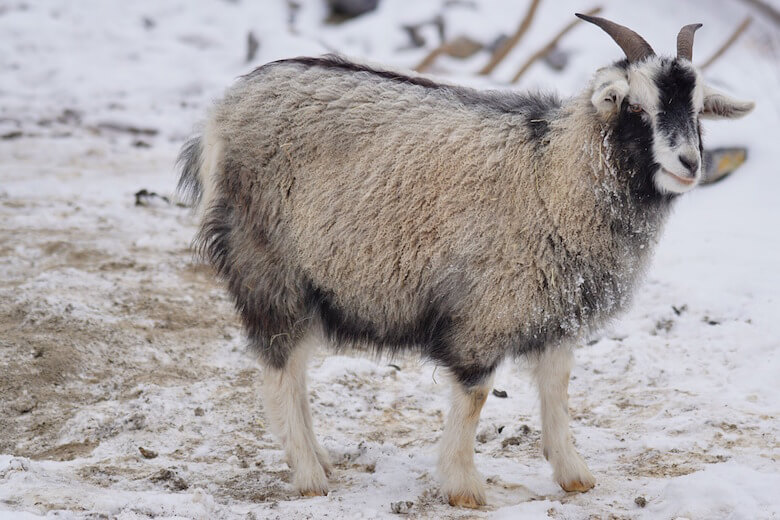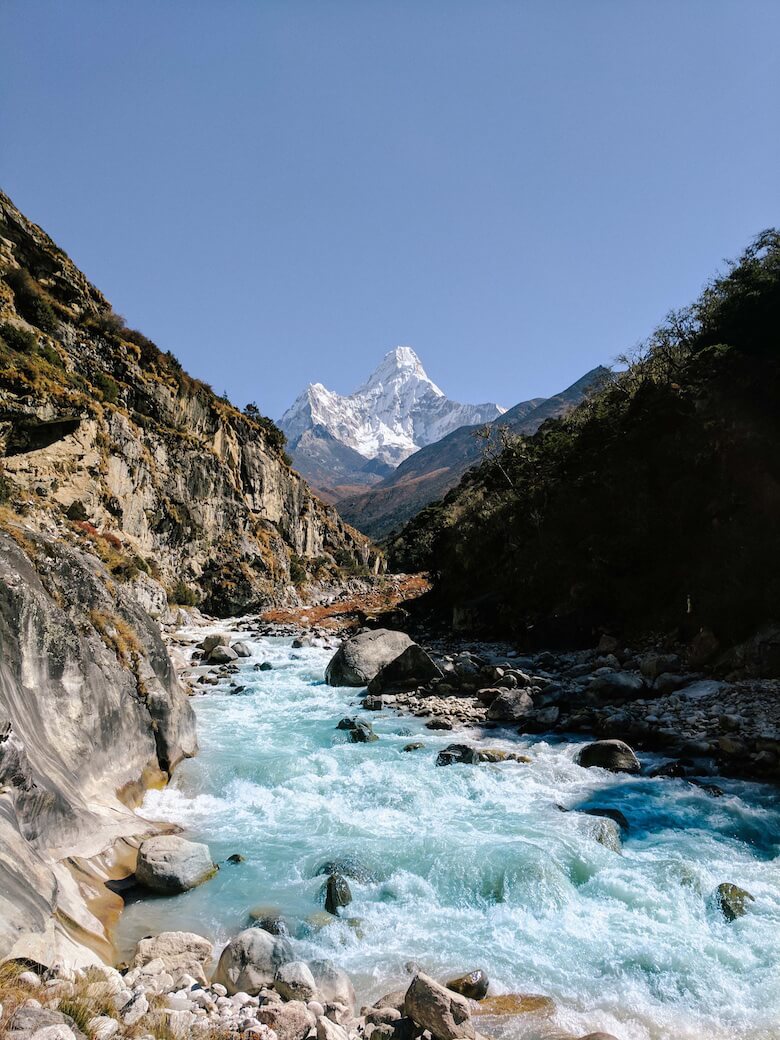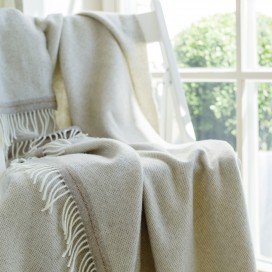For many of us cashmere wool has become synonymous with status and luxury. From classic wardrobe staples like a cashmere cardigan to wackier incarnations like Narciso Rodriguez’s 1990’s cashmere-covered Birkenstocks and Toast’s cashmere espadrilles, this versatile wool has kept us in style, and cosy, for years. In this post we unpick the story of this fabulous fibre.
History of cashmere
Cashmere originated in the mountains of Inner Mongolia, China, Iran, Turkey and Afghanistan, where the Capra Hircus goats have roamed for centuries. As early as the 14th Century people were using the fleece of these goats to make warm blankets and garments to help them through the punishing Himalayan winters. In the 18th Century, with the growth of the British Empire and the expansion of world trade routes, cashmere was exported across Europe and the Americas. It became very popular with aristocratic women, who loved its softness and warmth and wore cashmere shoulder shawls as the height of fashion and good taste. The Industrial Revolution saw a great expansion in the production of cashmere, with centres of production growing in France, Italy and Scotland. Cashmere’s popularity then dipped until the 1980s when designers began using the wool in exclusive, luxury garments. It became a symbol of wealth and high fashion, but has now found its way onto the high street with stores mixing it with lower quality fibres to keep prices down. The proliferation of cheaper cashmere has meant more people have access to its super soft cosiness, but has also meant quality is not always maintained.
How is cashmere produced?
Domestic goats are shorn or combed to collect the fine fibres, but wild goats are also a valuable source of this wool, leaving clumps to be collected during the moulting season when they rub themselves on trees and rocks to shed their coats for summer. Once the wool has been gathered it is scoured or washed to remove any dirt, dried and then de-haired (separating the main coat from the cashmere hair). Usually only about 20% of what is gathered can be classed as true cashmere. This is then dyed, spun, knitted or woven.

Why is cashmere so expensive?
It’s a simple matter of supply and demand: it can take up to four years for a goat to produce enough cashmere wool to make one sweater. The fact that it is so time-consuming to produce means its value is increased. But it’s not just this that makes cashmere such a pricey fabric. The fibres are longer, finer, stronger and more isothermal than sheep wool, making it an ideal choice for clothes and blankets. Its melting softness adds to its appeal, with people willing to pay more for a garment that will offer them greater comfort.
How to wash cashmere
Always follow the care instructions on your garment, but most good quality cashmere can be washed in cold water (below 30 degrees) on a delicate cycle or by hand. Use a mesh bag to protect the wool if washing in a machine. Lay the item flat on a towel to dry to keep its shape and prevent stretching. Never tumble dry (unless you want your precious cashmere sweater to end up as a tiny doll’s dress!).
With such a prestigious heritage, and being so hard-to-come-by it’s no wonder that cashmere remains a luxury fabric. Our cashmere throws will bring this simple opulence into your home in an understated way, keeping you and your loved ones warm and cosy as well as looking exquisite.



[…] Cashmere is what you are after. Long renowned for its ultra-softness and incredible warmth, cashmere is the ultimate in luxury wool. Our cashmere throws are crafted from top quality cashmere wool, and spun into meltingly soft throws that are perfect for the bedroom or for lounging on the sofa (you might want to keep it all to yourself though). A cheaper option is one of our cashmere/ merino throws, made from a combination that blends the best qualities of the two types of wool into one gorgeous, superfine blanket. […]
[…] Read more about Cashmere: The Story of Luxury […]
[…] looked at different types of wool in previous posts, and this week it’s the turn of mohair. This beautiful wool is known as the ‘Diamond […]
[…] out and only use a liquid detergent that is specifically for wool. Dry the item naturally. Natural, top grade pure wool will pill less as the fibres are longer and therefore are not as easily forced to the surface when […]
[…] Source: WoolMe […]